Home>Ideas and Tips>How To Design A Drought-Resistant Mediterranean Garden
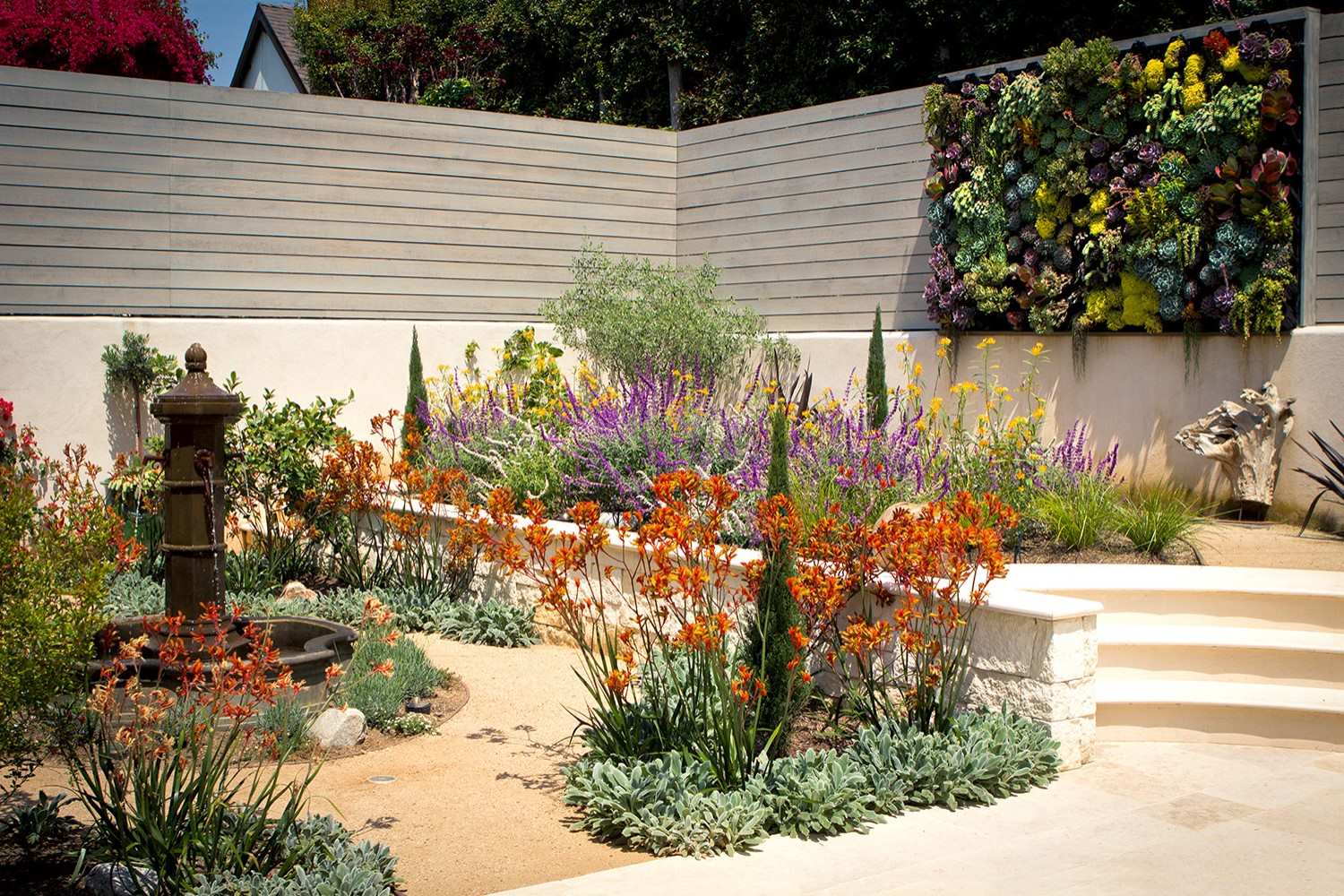

Ideas and Tips
How To Design A Drought-Resistant Mediterranean Garden
Published: August 30, 2024
Learn how to design a drought-resistant Mediterranean garden with native plants, efficient water use, and sustainable materials for a beautiful, eco-friendly space.
(Many of the links in this article redirect to a specific reviewed product. Your purchase of these products through affiliate links helps to generate commission for Storables.com, at no extra cost. Learn more)
Creating a drought-resistant Mediterranean garden is an excellent way to enhance your outdoor space while also conserving water. These gardens are designed to thrive in regions with hot, dry summers and mild winters, making them ideal for Mediterranean climates. In this article, we will explore the key elements and strategies for designing a beautiful and sustainable Mediterranean garden that can withstand drought conditions.
Understanding the Mediterranean Climate
Before diving into the design process, it's essential to understand the characteristics of the Mediterranean climate. This climate is characterized by hot, dry summers and mild winters. The region often experiences prolonged periods of drought, which necessitates the use of drought-tolerant plants and efficient irrigation techniques.
Key Features of Mediterranean Gardens
-
Drought Tolerance: Plants used in Mediterranean gardens are specifically chosen for their ability to survive and thrive in dry conditions. These plants often have deep root systems, fleshy or waxy leaves, or specialized mechanisms for water storage.
-
Native Plants: Incorporating native plants is crucial for creating a sustainable Mediterranean garden. Native plants are perfectly adapted to the local climatic and soil conditions, requiring less water consumption and maintenance compared to exotic species.
-
Biodiversity: Mediterranean gardens should aim to promote biodiversity by providing habitats for local wildlife. This can be achieved by incorporating native trees, shrubs, hedgerows, rocks, and areas with low vegetation.
-
Water Conservation: Efficient water use is a fundamental aspect of Mediterranean garden design. Techniques such as xeriscaping (using drought-tolerant plants), drip irrigation (delivering water directly to plant roots), and water harvesting and recycling systems should be employed to maximize water availability and avoid waste.
-
Sustainable Materials: Using local and natural materials like stone, wood, or gravel contributes to efficient and sustainable garden management. These materials blend harmoniously into the environment and require minimal maintenance.
Selecting Drought-Tolerant Plants
Choosing the right plants is the first step in designing a drought-resistant Mediterranean garden. Here are some tips for selecting drought-tolerant plants:
Native Plant Selection
Native plants are the backbone of any sustainable Mediterranean garden. They have evolved over time to thrive in the local climate and soil conditions, making them ideal for water conservation.
-
Aromatic Plants: Lavender (Lavandula angustifolia), rosemary (Rosmarinus officinalis), thyme (Thymus vulgaris), and sage (Salvia officinalis) are popular choices for their fragrance and ability to attract pollinators.
-
Trees: Fruit trees like olive (Olea europaea), almond (Prunus dulcis), and orange (Citrus × sinensis) are well-suited for Mediterranean climates. Ornamental trees such as holm oak (Quercus ilex) and cypress (Cupressus sempervirens) also thrive in these conditions.
-
Cacti and Succulents: Plants like aloe (Aloe vera), aptenia (Aptenia cordifolia), agave (Agave attenuata), and sedum are excellent choices for their water-storing abilities.
-
Flowering Plants: Bougainvillea, lantana, tulbaghia, verbena, petunia, gaura, and agapanthus are all drought-tolerant flowering plants that add color and vibrancy to the garden.
-
Palms: Cycas, Mexican palm (Washingtonia robusta), and palmetto (Chamaerops humilis) are suitable for Mediterranean gardens due to their adaptability to dry conditions.
Grouping Plants by Water Needs
To optimize water use efficiency, it's crucial to group plants with similar water needs together. This technique is known as hydrozoning. By dividing the garden into areas with high, moderate, and low water needs, you can ensure that each plant receives the right amount of water without wasting it on plants that don't require it.
Efficient Water Use Techniques
Incorporating efficient water use techniques is essential for maintaining a drought-resistant Mediterranean garden. Here are some strategies:
Xeriscaping
Xeriscaping involves using drought-tolerant plants and efficient irrigation systems to minimize water consumption. This approach includes:
-
Drip Irrigation: Delivering water directly to plant roots reduces evaporation losses and ensures that the plants receive the water they need without wasting it on the surrounding soil.
-
Soaker Hoses: These hoses release water slowly over the soil surface, providing a steady supply of moisture to the roots of plants.
-
Mulching: Applying a layer of mulch to the soil surface helps retain moisture and reduce evaporation. Organic mulches like compost or well-rotted manure also improve soil structure and water-holding capacity.
Water Harvesting and Recycling Systems
Implementing water harvesting and recycling systems can significantly reduce water waste in your garden. Here are some methods:
-
Rainwater Collection: Installing rainwater collection systems allows you to store rainwater for later use in your garden. This can be done using barrels or tanks placed under downspouts.
-
Grey Water Systems: Grey water systems reuse water from sinks, showers, and washing machines for irrigation purposes. This reduces the amount of fresh water needed for gardening.
Incorporating Hardscaping Elements
Hardscaping elements like pathways, rocks, and gravel can significantly reduce the amount of space dedicated to water-dependent plants. Here are some tips for incorporating hardscaping elements:
Gravel Paths
Gravel paths are an essential element in Mediterranean garden design. They add a rustic aesthetic while helping to retain moisture in the soil. The various sizes and colors of gravel available can create a unique and visually dynamic path that complements the overall design of the garden.
Potted Plants and Containers
Pots and containers are essential design elements in a Mediterranean garden. They add personality, charm, and character to any outdoor space, making it feel warm and welcoming. Terracotta pots are the go-to option for a Mediterranean garden due to their rustic, earthenware appearance. Cretan-style urns can also be incorporated to add elegance and sophistication.
Incorporating Fruit Trees
Fruit trees are an excellent addition to a Mediterranean garden due to their ability to thrive in warm and sunny climates. They require minimal maintenance, allowing you to focus on relaxation and enjoyment rather than constant upkeep. Fruit trees also provide shade and privacy when strategically placed around the garden, promoting sustainability and self-sufficiency.
Water Features
While water features may seem counterintuitive in a drought-resistant garden, they can actually attract wildlife and create a serene ambiance. Small fountains or ponds can be incorporated to provide a source of water for birds and other animals, enhancing biodiversity.
Designing for Biodiversity
A sustainable Mediterranean garden should aim to promote biodiversity by providing habitats for local wildlife. Here are some tips for designing your garden with biodiversity in mind:
Habitat and Refuge Areas
Incorporating areas dedicated to wildlife is crucial for promoting biodiversity. These areas can include native trees and shrubs, hedgerows, rocks, and low-vegetation zones. These elements provide nesting sites, shelter, and food for birds, insects, and other animals.
Native Trees and Shrubs
Native trees and shrubs play a significant role in creating a biodiversity-rich environment. They attract local fauna such as birds, butterflies, and bees, contributing to the preservation of native flora and fauna.
Maintenance Tips
Maintaining a drought-resistant Mediterranean garden requires careful planning and regular upkeep. Here are some maintenance tips:
Regular Monitoring
Regularly monitor soil moisture levels to avoid overwatering. Water deeply but infrequently to encourage deep root growth in plants.
Smart Watering Practices
Adopt smart watering practices such as watering during cooler times of the day (early morning or late evening) to reduce water loss due to evaporation.
Mulching and Mulch Maintenance
Mulch the soil surface regularly to retain moisture and reduce evaporation. Replenish mulch as needed to maintain its effectiveness.
Conclusion
Designing a drought-resistant Mediterranean garden is not only aesthetically pleasing but also environmentally friendly. By selecting native plants, employing efficient water use techniques, incorporating hardscaping elements, and promoting biodiversity, you can create a beautiful and sustainable outdoor space that thrives even in dry conditions. Remember to regularly monitor soil moisture levels, adopt smart watering practices, and maintain your mulch to ensure your garden remains healthy and resilient throughout the year. With these strategies in place, you'll be able to enjoy your Mediterranean garden for years to come while contributing to local biodiversity and conserving precious water resources.
Was this page helpful?
At Storables.com, we guarantee accurate and reliable information. Our content, validated by Expert Board Contributors, is crafted following stringent Editorial Policies. We're committed to providing you with well-researched, expert-backed insights for all your informational needs.
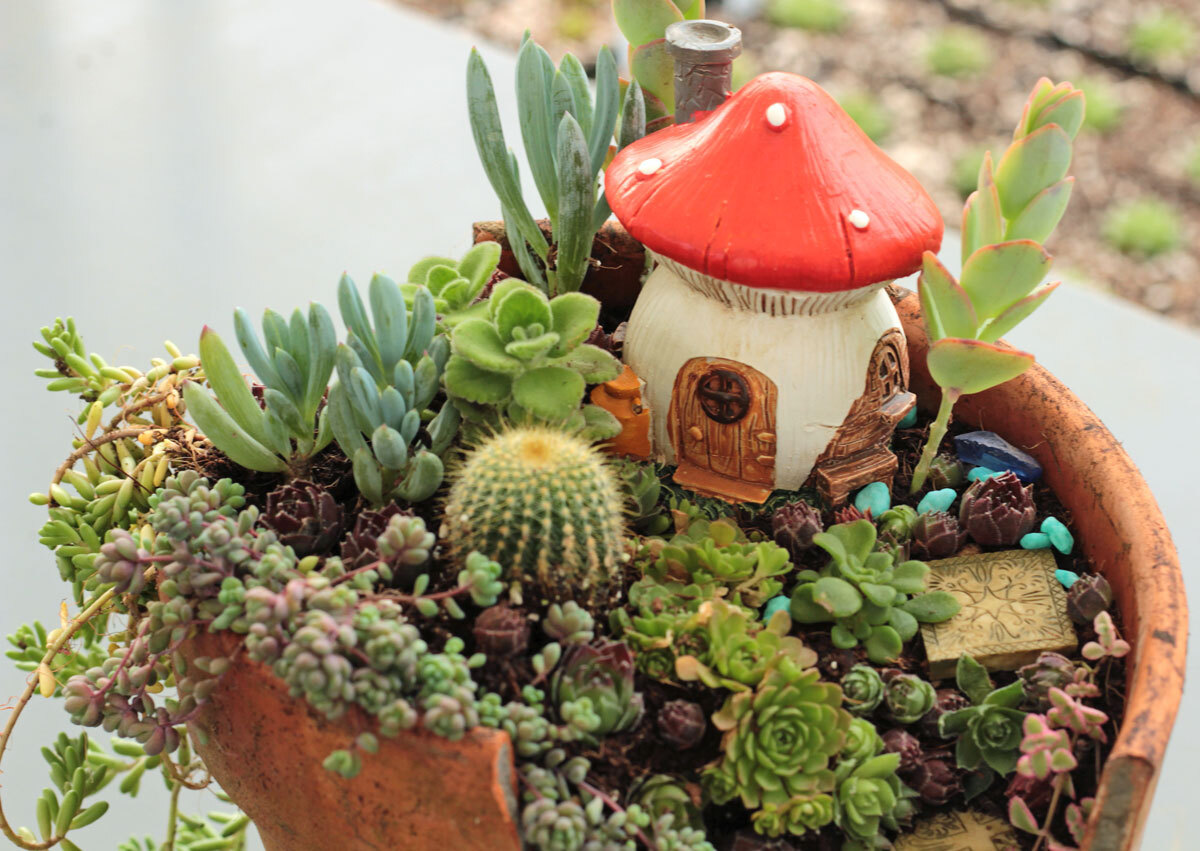
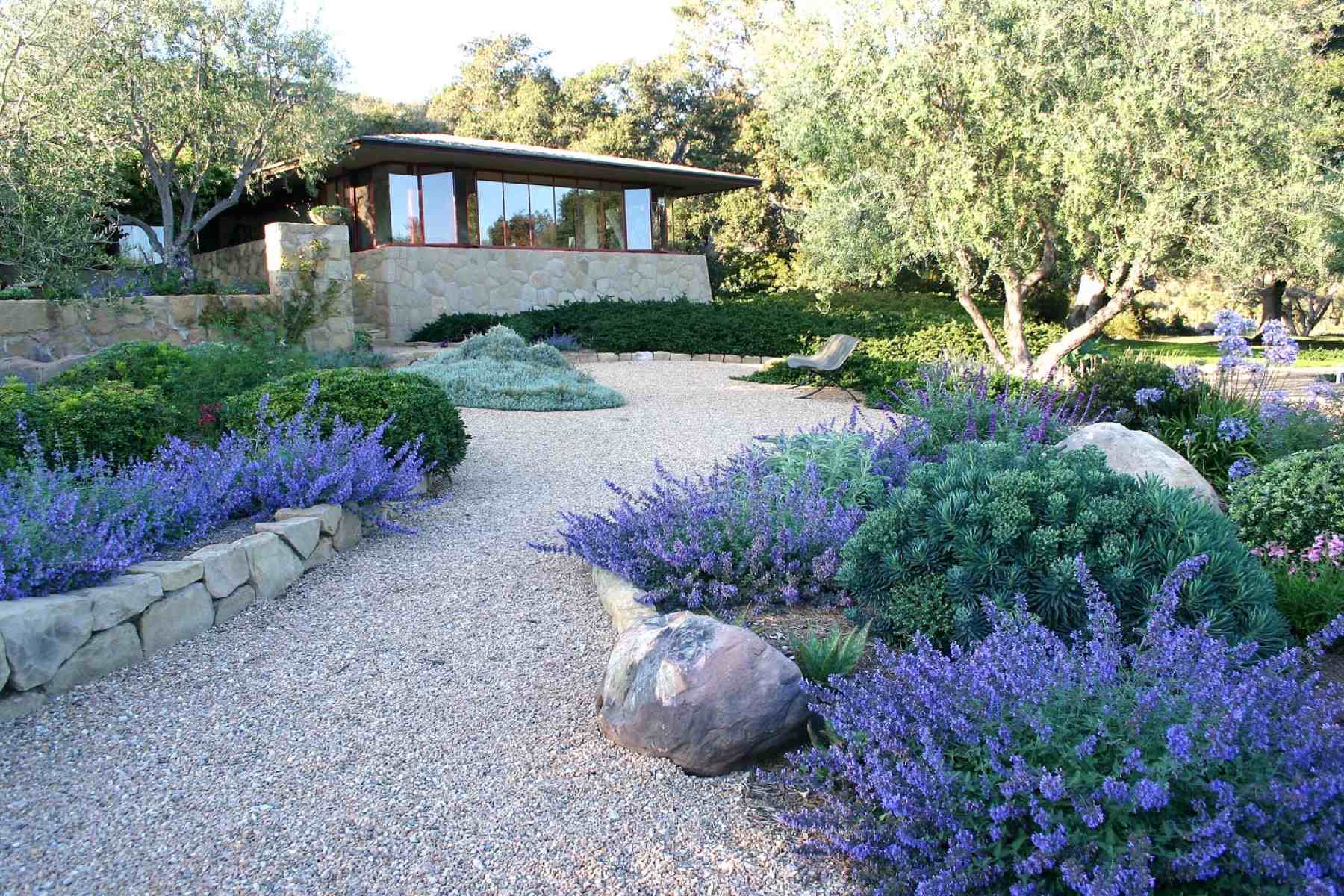
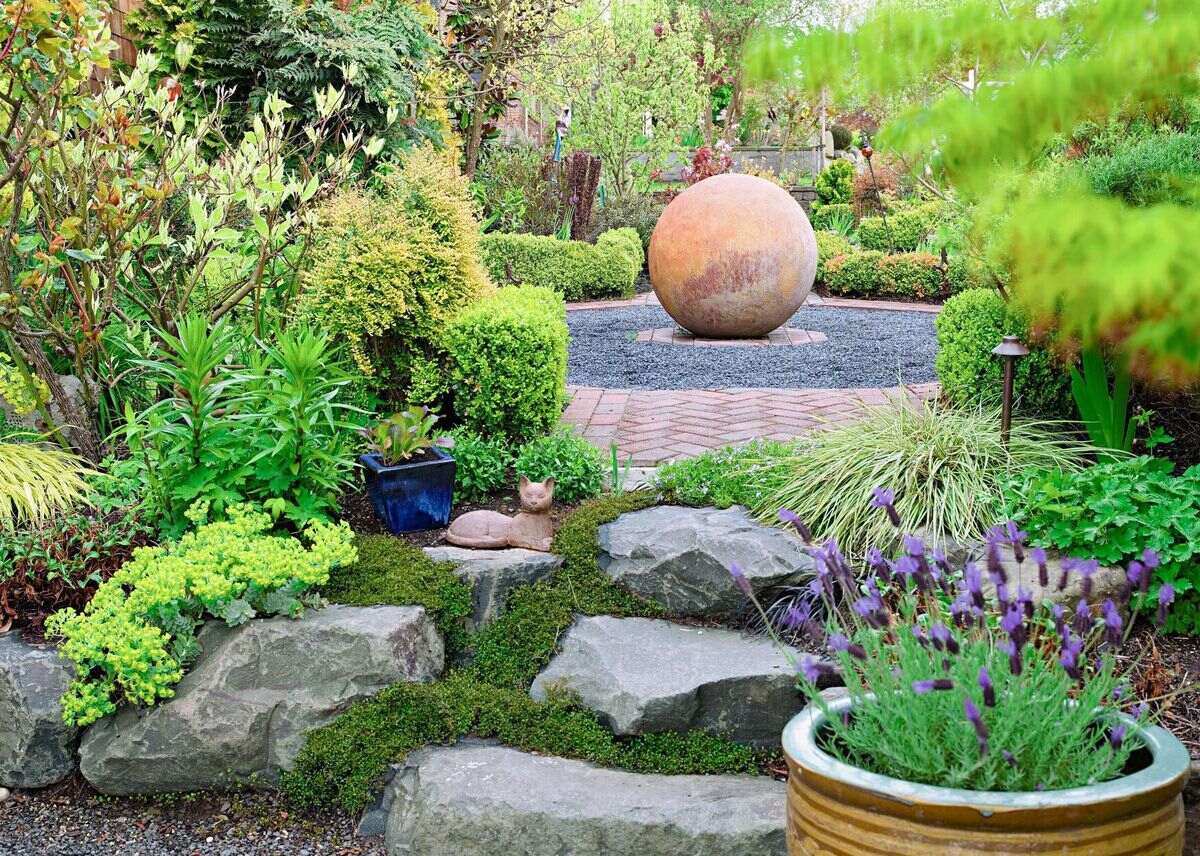
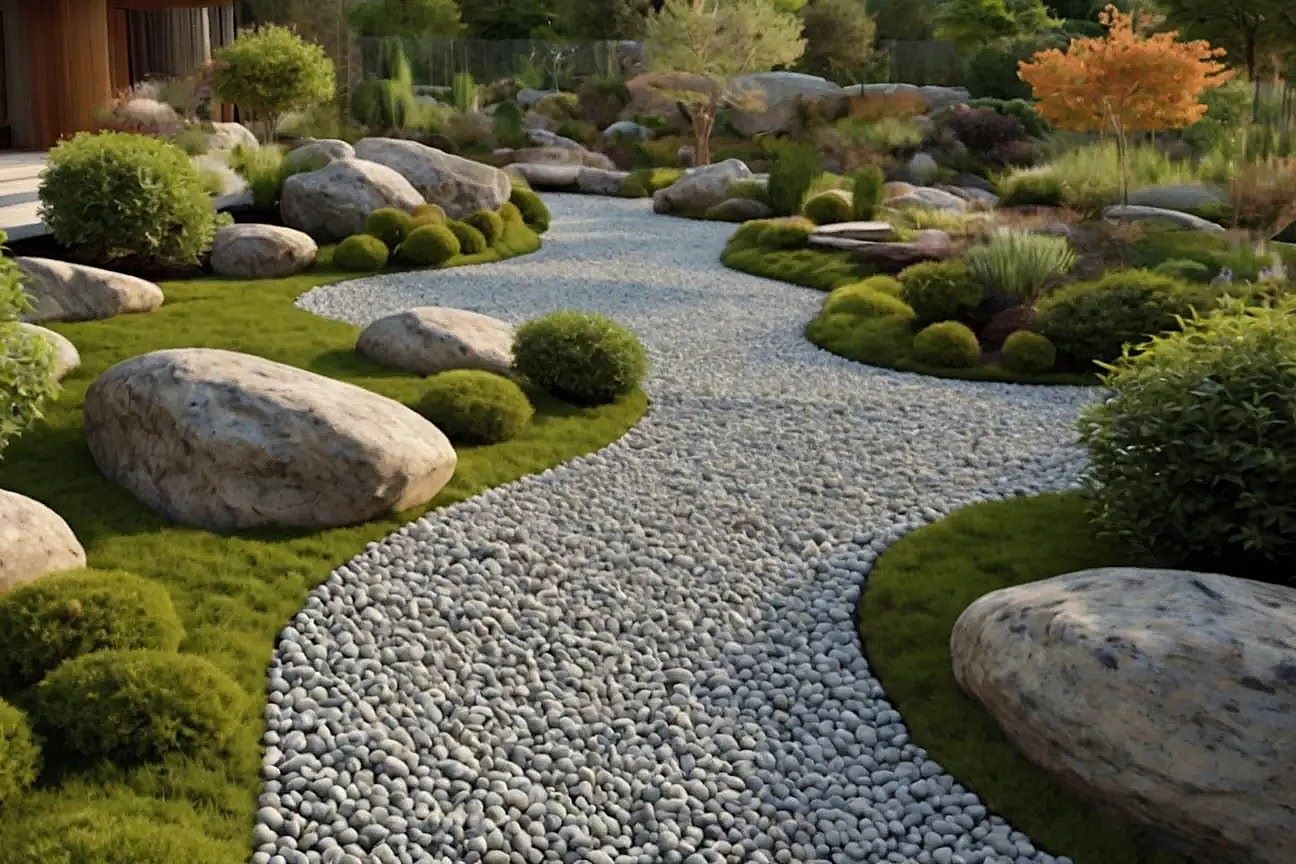
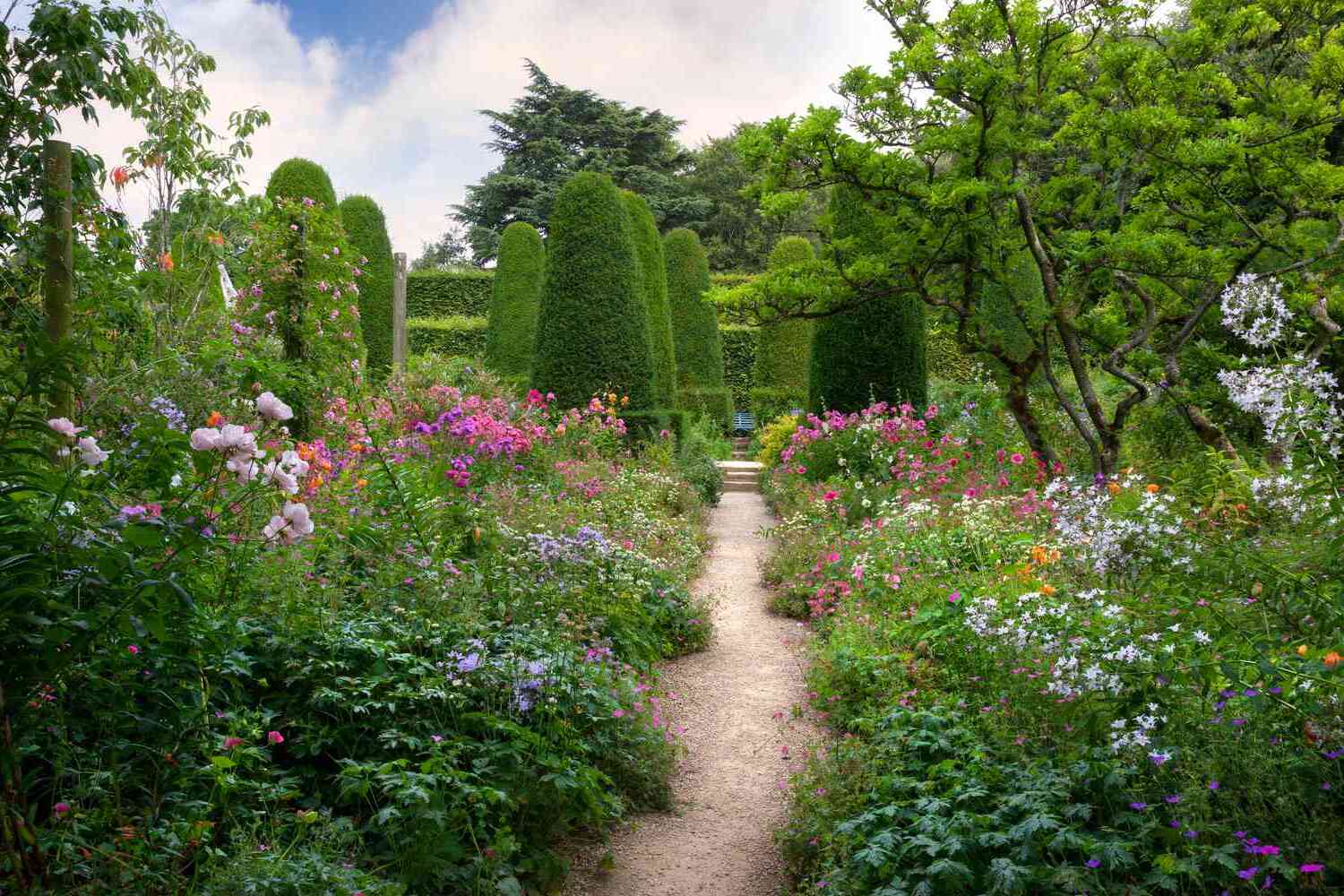
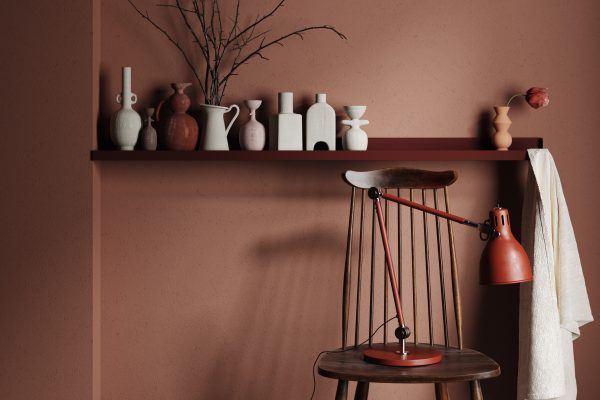
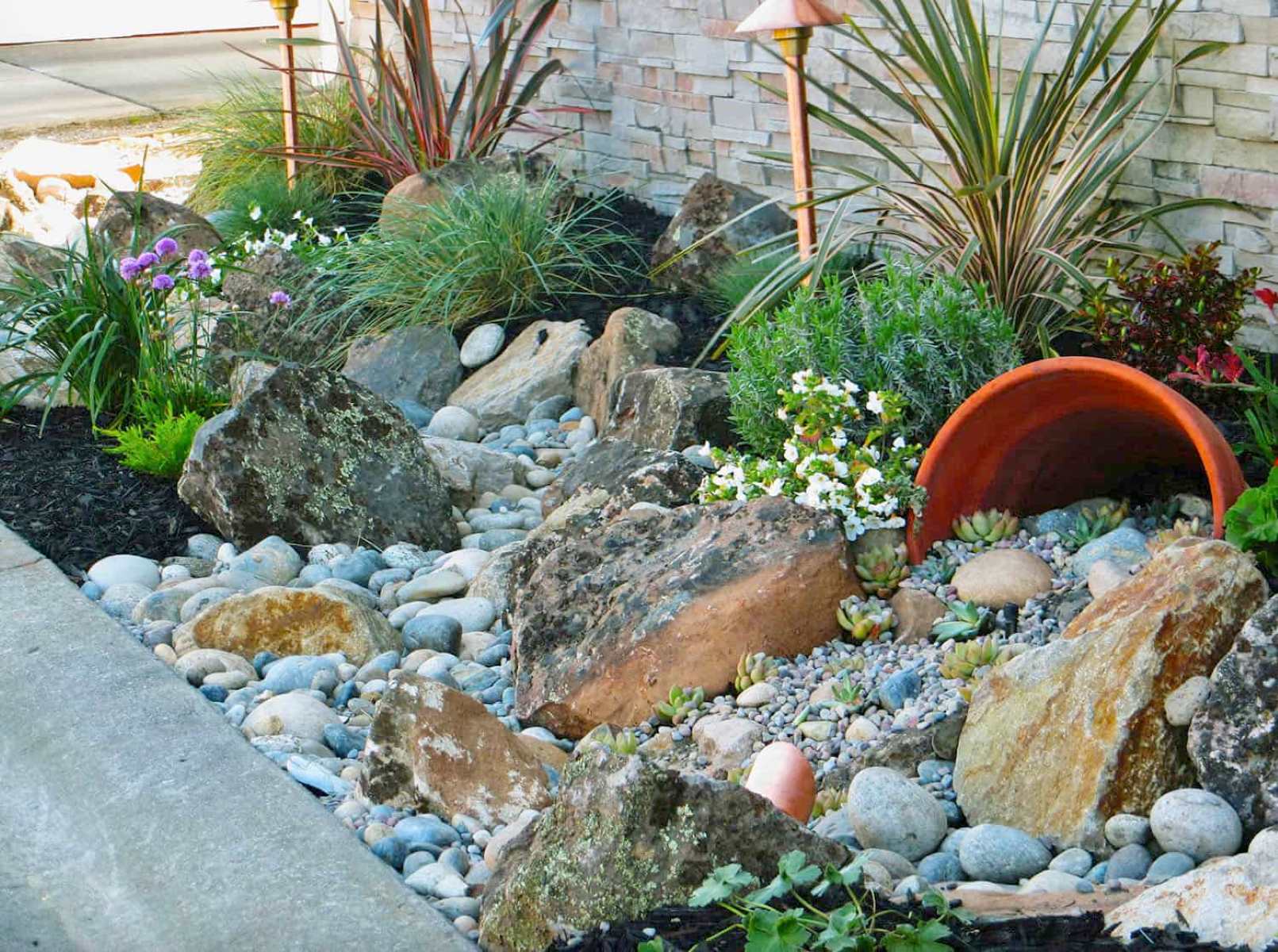
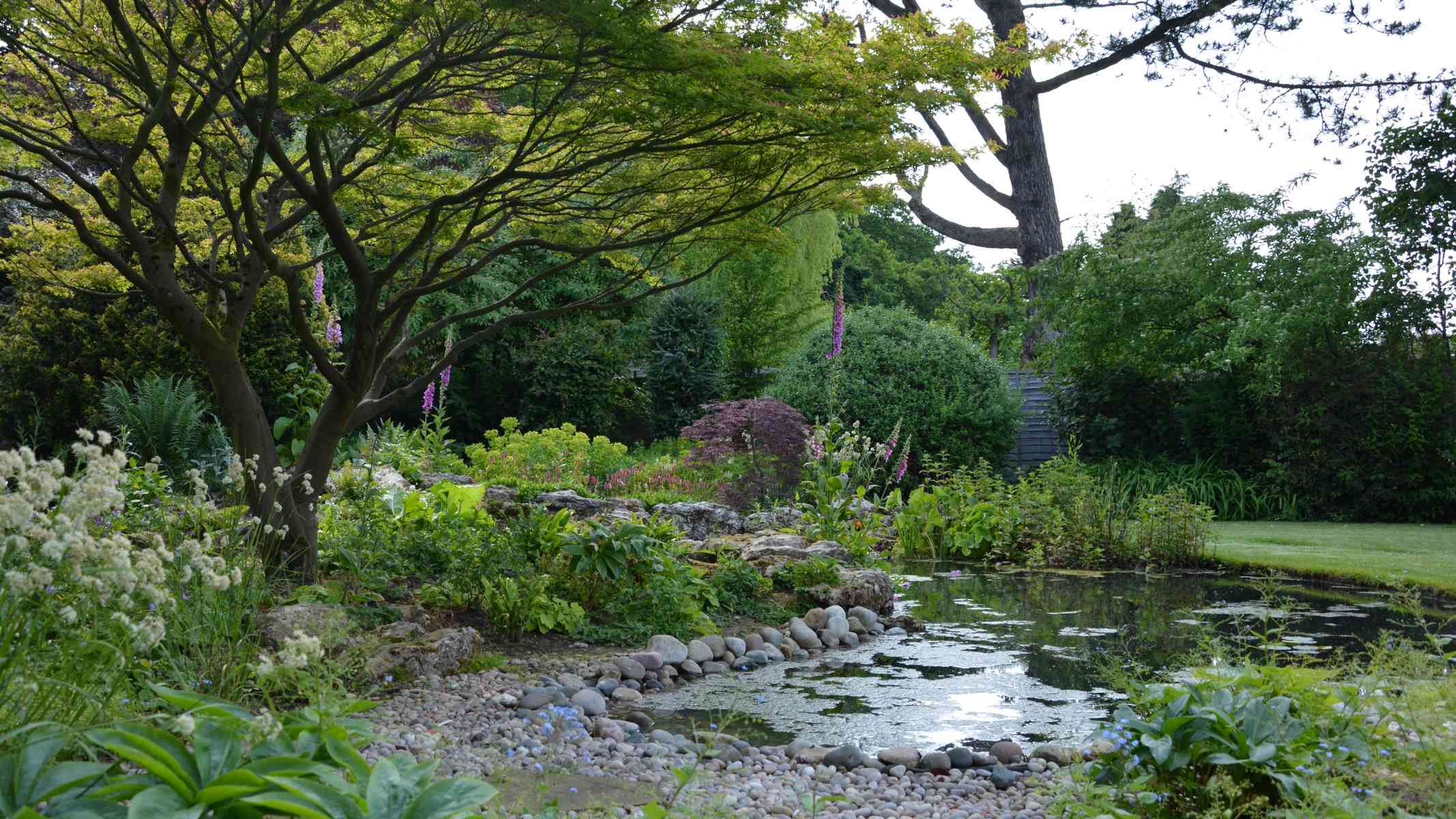
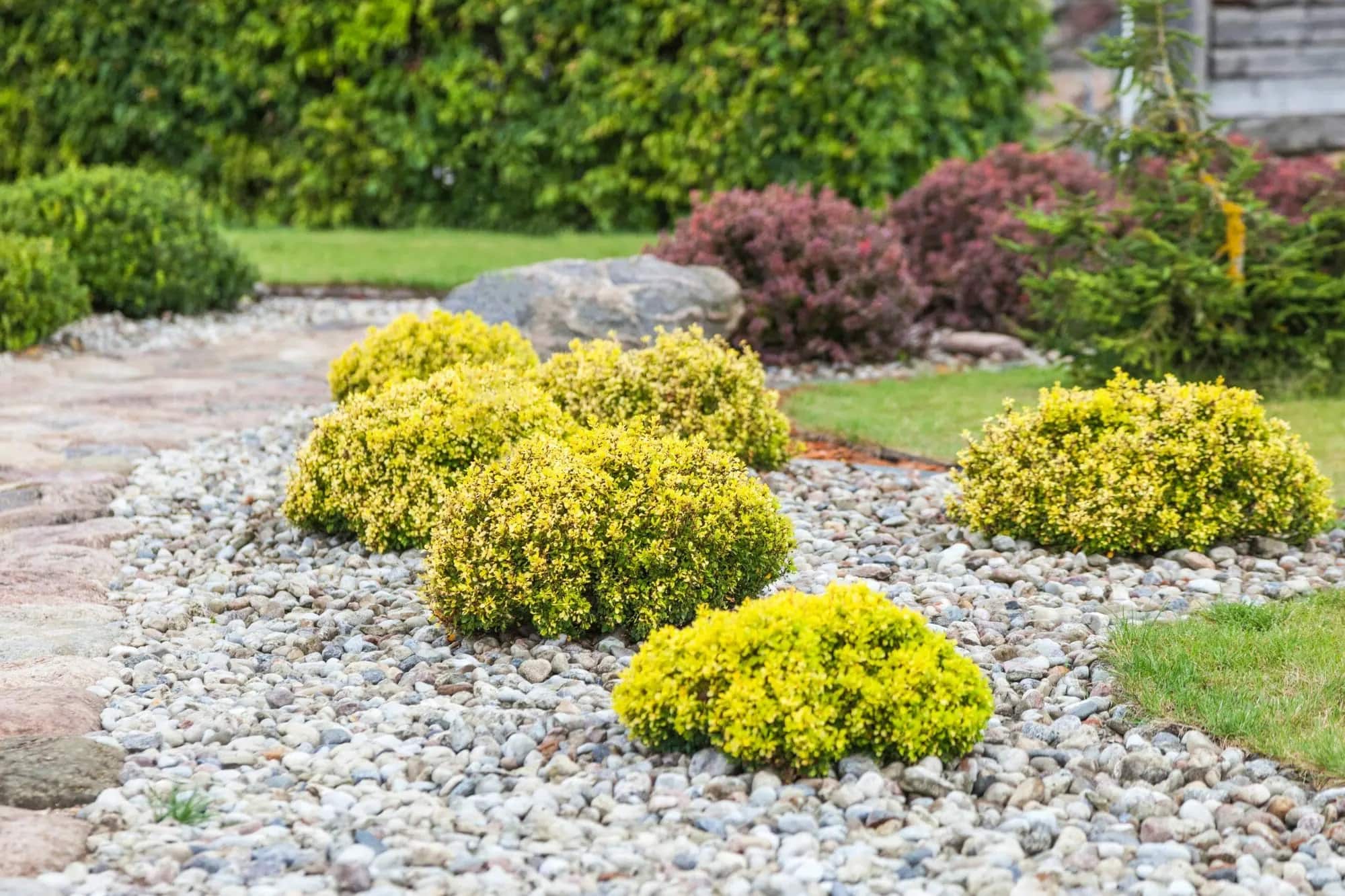
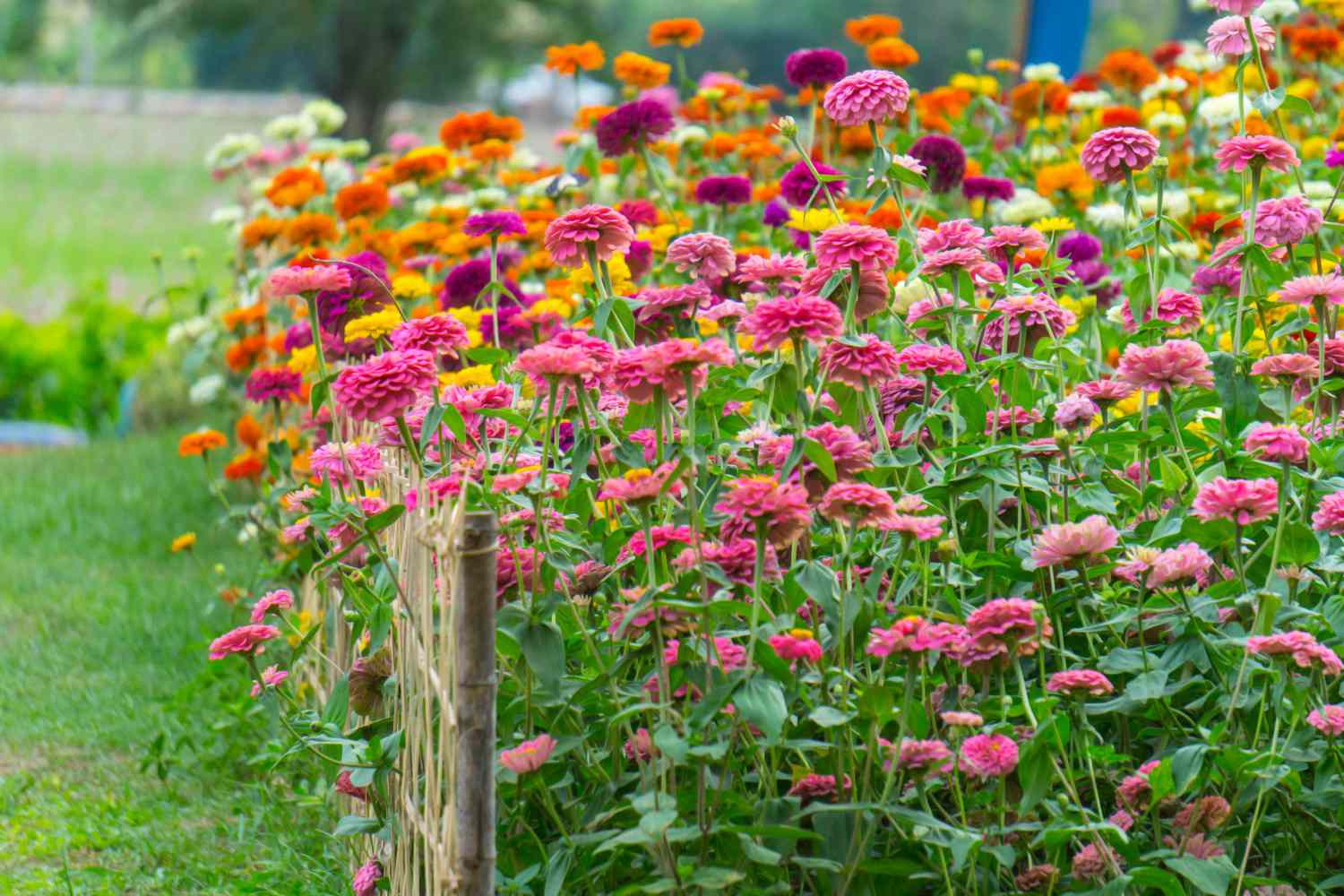
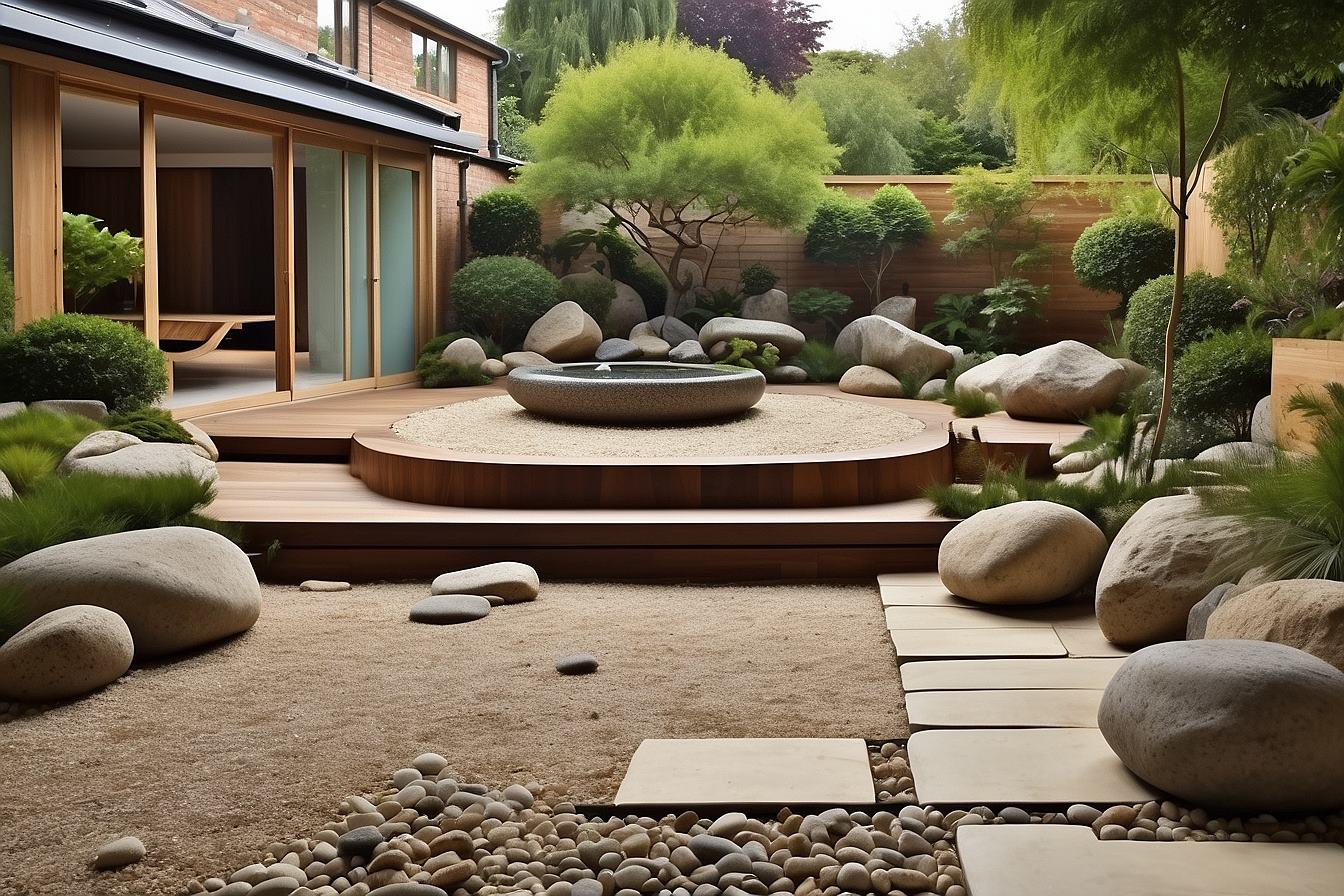

0 thoughts on “How To Design A Drought-Resistant Mediterranean Garden”